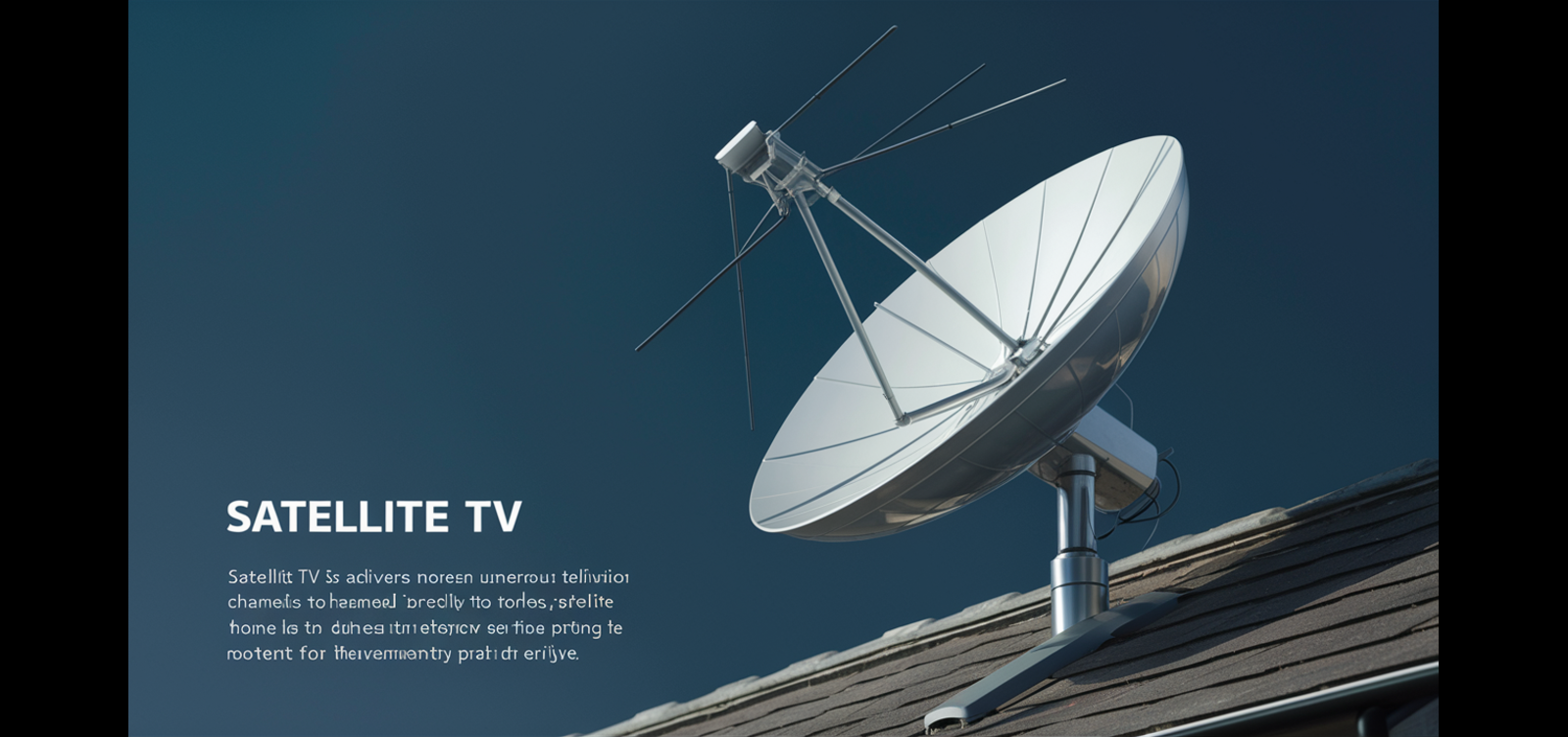
Satellite TV, also referred to as broadcast satellite service, is television service that employs communications satellites in orbit to transmit the signal. Satellite TV on the other hand is different from cable TV in that, instead of a wired infrastructure delivering content to the homes of viewers, content is transmitted from satellites that broadcast signals to dishes installed in people’s homes. This means that satellite TV providers can be able to relay content over vast areas, such as regions that are not serviced by the terrestrial cables. However, what does it actually mean in terms of this technology?
The Satellite System
DBS system includes programming source, broadcast center or uplink, and satellite or receiver dish. The programming source means those Television channels, which provide the programs like news, sports, movies etc that are then transmitted to the broadcast center operated by the satellite TV provider. The broadcast center has a satellite uplink antenna that takes the signals up to the satellites circling around the Earth.
Such satellites could either be directly owned by the satellite TV company or could be leased for transponder time from another satellite operating company. When the satellites pick the signal from the uplink it relays it, amplifies it and shifts it to a different frequency and then transmits the signal all over a huge geographical area.
On the consumer end satellite TV subscribers have relatively small dishes mounted at their homes where they receive the signal. These include dishes, which are responsible for receiving the signals that the satellites are transmitting and relaying them to the receiver box which is located within the home. This particular box uncompresses the signal and transforms the signal into pictures and sounds that can be displayed on a television.
We shall now highlight some of the key benefits of satellite television.
There are a few key benefits of satellite TV delivery that have made it a popular TV option for millions of households: There are a few key benefits of satellite TV delivery that have made it a popular TV option for millions of households:
- Better coverage - satellite dishes can access signals from satellites that are 36000km above the surface of the Earth. This means that coverage is of a regional or trans-continental nature such as North America, Europe, Asia etc. It is physically impossible to supply television through terrestrial cables to such extensive regions.
- Reliability – Unlike other signals that are likely to be interrupted due to poor weather conditions or barriers, those from satellites are more reliable. This implies that for instance, people living in remote rural areas or those areas that have had difficulties in accessing signals due to mountain barriers, can now be served with absolute clear TV signals if they can see the satellite above them.
- Endless program options – satellite television packages can offer customers hundreds of channels across all the main categories including news, movies, sport, learning and specialist interest and so forth. It is generally not possible to achieve this level of viewing variety with the basic cable offerings.
- Convenience – Satellite TV companies also provide customers with bundled services where the client subscribes to both Internet and home phone services from the same provider. Many customers prefer to have a single provider for television and other services due to the ease and cost factors associated with this option.
The system contains several important elements that are crucial to the functioning of a satellite television system.
As described earlier, the main components that work together in a satellite TV system are: As described earlier, the main components that work together in a satellite TV system are:
The Programming Source: The companies or stations that create shows, news, movies and other entertainment or information video or programs.
The Broadcast Center: The satellite TV provider’s encoding center that receives the signals from various program sources and transmits them to satellites for retransmission of the same signals over the coverage area.
The Communication Satellite: The satellite/transponder orbiting around the earth that get the signals from the broadcast station or directly enhance or transform the signals for rebroadcasting over radio frequencies to which the satellite TV provider is assigned.
The Satellite Dish: It also shows the satellite antenna at the viewer’s home that can receive signals transmitted by satellite broadcasting and then relay them to the receiver box.
The Receiver Box: The device which receives the signal from the satellite dish and relays the signal to produce a video/audio output that is compatible with an ordinary television set. This box is often included as part of the free gifts offered by satellite TV firm when you subscribe to the service.
Hence, in conclusion, hundreds of television channels are transmitted to several satellites in space from the service center. These satellites then serve as a distribution channel in the stratosphere, transmitting signals which include the TV programming to small satellite disks fixed at people’s homes over an extremely vast territory. The dishes transmit the signal to a receiver box which switches everything with the view of being displayed on any ordinary television set. This sequence makes tens of millions of households across regions able to get access to a bewildering array of television programming.
Need Reliable TV and Internet? Call (855) 212-8877 for the Best Deals!





